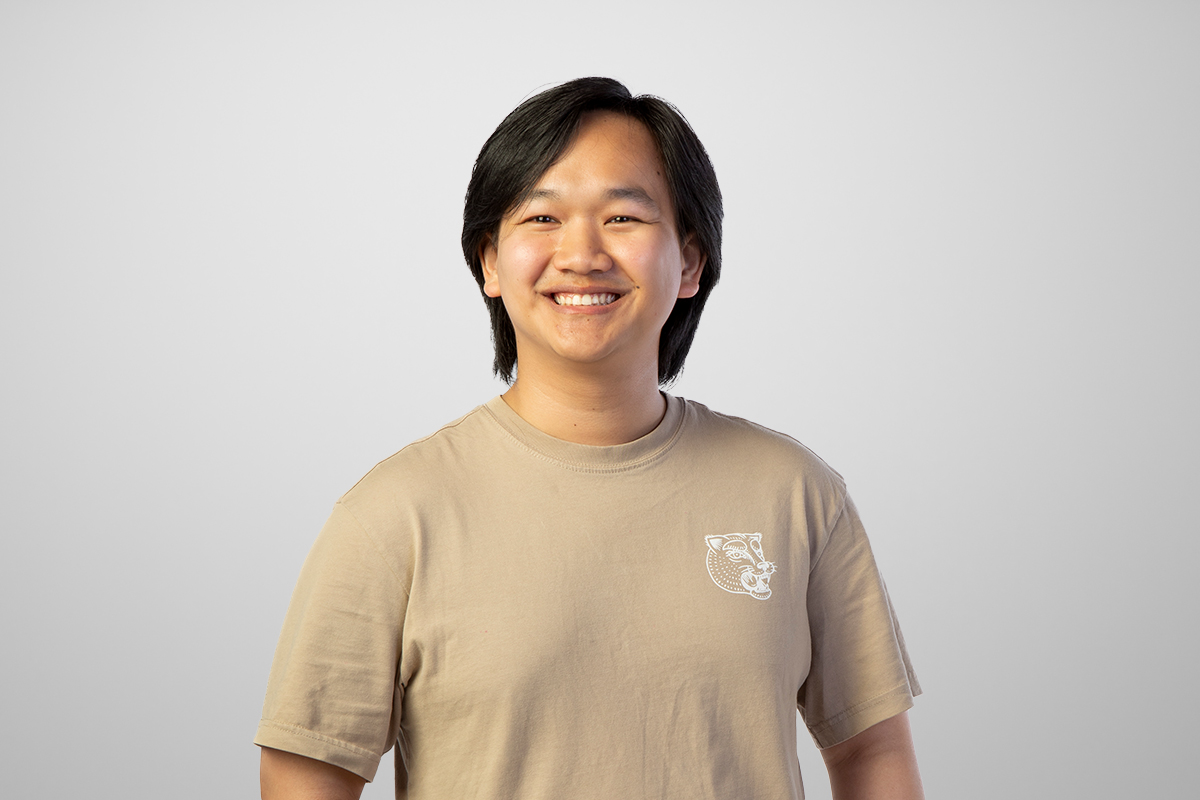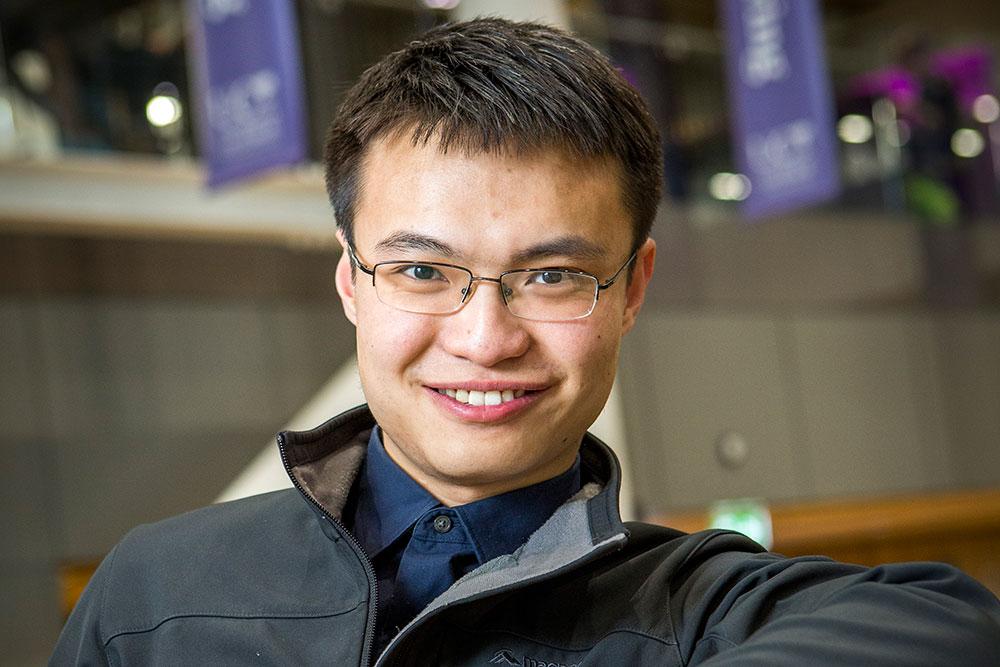Vibration-based Energy Harvesting for Wireless Sensors used in Machine Condition Monitoring
Research Company: Commtest
Qing Ou is undertaking research in conjunction with Commtest. Commtest specialise in the manufacture of vibration analysis equipment, which monitors the health of plant machinery. Their products are used in a wide range of industries including manufacturing, pulp and paper, refinery and petro chemical, waste water and wind energy applications. Qing’s research aims to find a wireless sensor solution for energy harvesting while having a special focus on vibrational energy.
Globally most wireless sensors are powered by batteries. The dependence on batteries not only requires frequent maintenance to replace them, but also has inherent environmental consequences. This combination limits the realistic application of wireless sensors to smaller scale industrial settings, due to the resulting accessibility and maintenance requirements.
The ultimate goal is to address these problems using a device that is able to scavenge all of the energy it needs from the environment, such as light, heat and vibration. In the industry, vibration is the second most abundant energy source after solar. However, currently available technologies that harvest vibrational energy are either narrow bandwidth or generating too little power, which renders their use in wireless sensors impractical.
To resolve these problems, much of Qing’s research has been on harvesting energy from broadband vibration. While not missing out the advantages solar energy offer, such as low cost and light weight, the energy harvesting solution will be a device that converts both light and vibration to electrical energy to enable self-powered wireless sensors.
Qing Ou completed his degree of Mechatronics Engineering at the University of Canterbury. He is currently completing a PhD in conjunction with the Wireless Research Centre, for which he has been granted a FRST TIF Scholarship.










